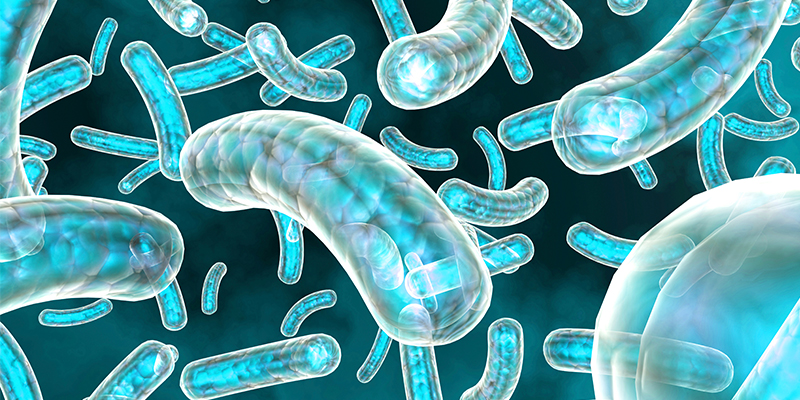Legionnaires’ Disease: Minimizing the Risk

Similar to pneumonia, Legionnaires’ disease is a severe infection of the lungs that is not rare. It is perceived as rare only because most cases are never detected, and not all detected cases are reported to public health authorities. Because under-diagnosis and under-reporting make incidence of the disease difficult to estimate, figures have varied widely.
The (U.S.) Centers for Disease Control and Prevention (CDC), has estimated that the disease infects 10,000 to 15,000 persons annually in the United States. The Occupational Safety and Health Administration, OSHA, estimates that over 25,000 cases of the illness occur each year and cause more than 4,000 deaths.
Legionnaires’ is preventable through the use of an active Legionella control program.
What is Legionnaires’ disease? Legionnaires’ disease is a serious form of pneumonia which kills between 5 and 15 percent of those infected and is caused by Legionella bacteria. It can also cause less serious illness such as Pontiac fever. Illness usually develops three to six days after infection, but may take longer.
How is Legionnaires’ disease caught? Legionnaires’ disease is caught through breathing in air containing the bacteria in an aerosol that may not be visible.
Legionella bacteria do not appear to multiply below 68 F (20 C) and are killed within a few minutes at temperatures above 140 F (60 C). They may, however, remain dormant in cool water and multiply when temperatures reach a suitable level. Chlorination of water supplies does not guarantee elimination of Legionella bacteria.
Reducing the risk: The risk of Legionnaires’ disease can be minimized. Hotels that do not have an active program to control the growth of Legionella bacteria may be negligent in ensuring the safety of its workers, visitors, guests and others.
Download the Legionella Safety Checklist
Potential risk areas in hotels:
- Showers and taps
- Spa baths, whirlpool baths and hot tubs
- Turkish baths and saunas
- Cooling towers and evaporative condensers
- Ornamental fountains, particularly indoors
- Humidified food displays
Where Legionella bacteria multiply:
- Hot and cold water systems including storage tanks/ cisterns
- Any system or part of a system where the water is warm, i.e. between 68 F to 113 F (20 C to 45 C), and particularly when above 86 F (30 C)
- Pipes with little or no water flow (this includes unoccupied rooms)
- Dead legs/redundant pipework where water can stagnate
- Slime (biofilm) and dirt on pipes feeding showers and taps and tank surface
- Rubber and natural fibers in washers and seals
- Flexible hoses and artificial rubber seals
- Water heaters and hot water storage tanks
- Scale and corrosion in storage vessels, pipes, showers and taps
References:
European Legionnaires’ Disease Surveillance Network (ELDSNet) Operating Procedures – Technical Document and ELDS net 14 point plan OSHA.Gov
Hotel Security and Safety Assessment, American Hotel and Lodging Association (AH&LA) in collaboration with the US Department of State overseas Security Advisory Council (OSAC).









